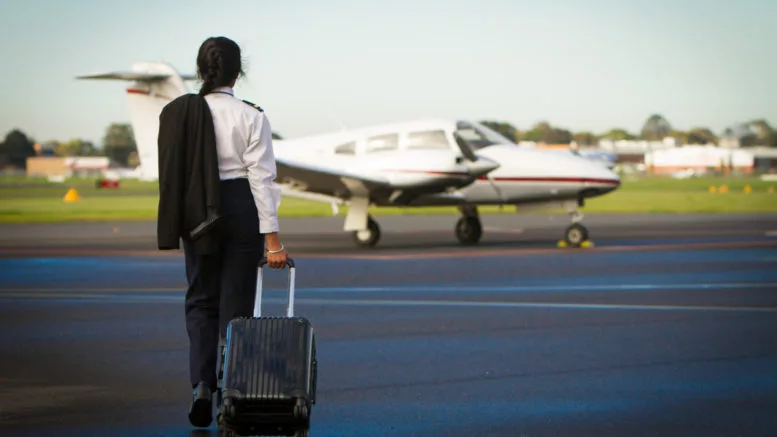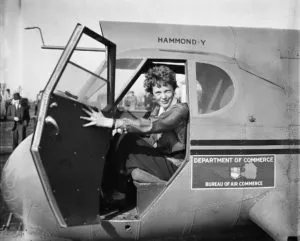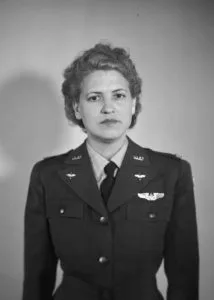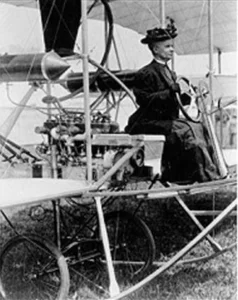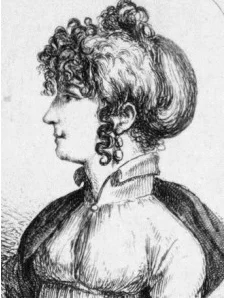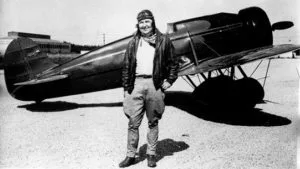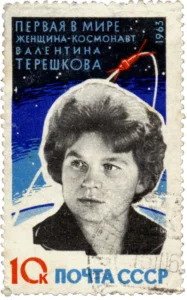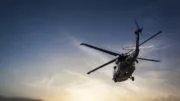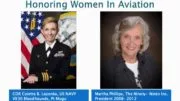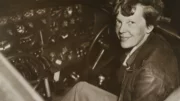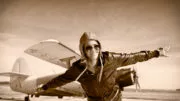It’s important honoring women in aviation. Let’s take a deep look at some of these fantastic pilots.
Like in many other aspects of society, women have always had to fight to be accepted into occupational roles that have long been considered ‘masculine’; aviation is no different. Due to existing stereotypes regarding their physical and intellectual abilities, women are often pigeonholed to second-rate jobs considered ‘feminine.’ This is why for some time, the only jobs available for women in aviation are to work as flight attendants.
However, the tireless work of pioneer women in aviation has changed this. Their efforts significantly impacted the industry and opened it up to women. This article, just like Wings over Camarillo’s upcoming airshow in August, is dedicated to honoring these women who have significantly contributed to the aviation industry.
The Ninety-Nines
In 1929, a small group of women who had trailblazed the aviation industry came together to form an organization to strengthen the future of women in the industry. Thus the Ninety-Nines was born. Premised on the advancement of female participation in aviation through education, scholarships, and mutual support, the organization has played a massive part in creating access and community for women in aviation.
One identifying memorabilia of a certified Ninety-Nines member is the compass rose pin, which signifies an essential 99s tradition called Airmarking. If you’ve ever gone flying, you will notice that markings pointed to the airport are visible from the plane as you approach the landing. You might even see the airport’s name boldly written on a field or on top of surrounding buildings. This initiative was the brainchild of the first US government program led by a woman and an all-woman staff. The program was called the National Air Marking Program. Today, the Ninety-Nines proudly carry on the tradition by volunteering their time to paint the airport names, compass rose symbols, and other identifications on airports.
Women Airforce Service Pilots (WASP)
Women did not only break barriers in the civilian aviation industry, but they have also contributed massively to protecting and defending their country via their efforts in the air force. Most notably, the Women Airforce Service Pilots (WASP) during World war II. In 1939, Pilot Jacqueline “Jackie” Cochran wrote to the then First lady suggesting the idea of using women pilots in non-combat missions. WASP started as two separate organizations – the Women’s Flying Training Detachment (WFTD) and the Women’s Auxiliary Ferrying Squadron (WAFS). Both were pioneer organizations attached to the US Air Forces to fly military aircraft during World war II. Their arrangement with the Air Force lasted till December 1944. During this period, they flew over 60 million miles, transported several military aircraft, towed targets for live anti-aircraft practice, simulated strafing missions, and transported cargo. For their service, members of the WASP were granted veteran status in 1977, and in 2009, they were awarded the Congressional Gold medal.
Below are a few of the many women who have paved the way for women in the aviation industry.
Raymonde De Laroche
She was one of the earliest women on record to fly a plane. She became the first woman to obtain a pilot license on March 8, 1910, after she received the 36th airplane pilot’s license issued by the Aeroclub de France, the first organization in the world to issue pilot licenses. Raymonde, formerly an actress and also fond of sports and automobiles, fell in love with aviation after watching Wilbur Wright’s 1908 demonstrations of powered flight in Paris. She set two women’s altitude records (one at 15,700 feet) and a women’s distance record at 201 miles.
Amelia Earhart
She is one of the world’s most renowned aviation pioneers. Dubbed the Queen of the Air, she set numerous records in the aviation field, including being the first woman to fly solo across the Atlantic and the first person to fly across it twice. Amelia Earhart was also instrumental in founding the Ninety-Nines, serving as the organization’s first elected president. Despite her numerous records and achievements, perhaps her most lasting legacy is how she inspired a generation of female (and even male) aviators, including the women pilots of the Women Airforce Service Pilots (WASP) who served meritoriously during the second world war.
Bessie Coleman
She was the first African American woman to hold a pilot license. Licensing and flight training opportunities were unavailable to African Americans and women, so Bessie had to travel to France to train and obtain her license. Her trailblazing role was an inspiration to women and members of the African American community.
Jacqueline “Jackie” Cochran
She was one of the most prominent and successful pilots of her generation. She was the first woman to break the sound barrier. She was also the first woman to compete in the Bendix aeronautical racing trophy, setting the women’s world speed record while working with Amelia Earhart to make the race open to women. She wrote to the then First lady, Eleanor Roosevelt, suggesting the idea of forming a female flying division in the Air Force. This birthed the Women’s Airforce Service Pilots, which recruited thousands of female pilots. She was also an influential member of the Ninety-Nines. Dubbed the speed Queen, no other pilot held more speed, distance, or altitude records in aviation history at the time of her death than her.
Phoebe Omile
Phoebe’s childhood home was near an airfield, and she’d often hang around the area trying to convince one of the flight personnel to take her flying. The airport manager finally agreed, hoping to scare out her flying interest by performing acrobatic maneuvers to make her airsick. All he did was ignite her passion for flying, culminating in an excellent aviation career. She became the first licensed female transport pilot, the first woman – to receive an airplane mechanic’s license, and was appointed to a federal position in the aviation field. She led the first all-women staffed initiative that birthed the National Air Marking Program. Using her position as the Senior private flying specialist of the Civil Aeronautics Authority, she established 66 flight schools across 46 states to service the shortage of pilots during World war II.
Honoring More Women in Aviation
Emma Lilian Todd
Jeanne Labrosse
Pancho Barnes
Valentina
Conclusion
Like any other industry in our society, the aviation industry has significantly benefitted from women’s efforts and contributions. These women have fought to break through societal barriers and stereotypes to become forces to reckon with in the industry. It is only befitting that we never forget the efforts women have played (and continue to play) in this industry and that we take a moment to honor and celebrate them. Join us in August at our upcoming airshow dedicated to celebrating these legendary women.
Stop by the CAF Museum Hangar to see the Notable Women In Aviation Exhibit!
More details here!
Ready to Soar with Us?

